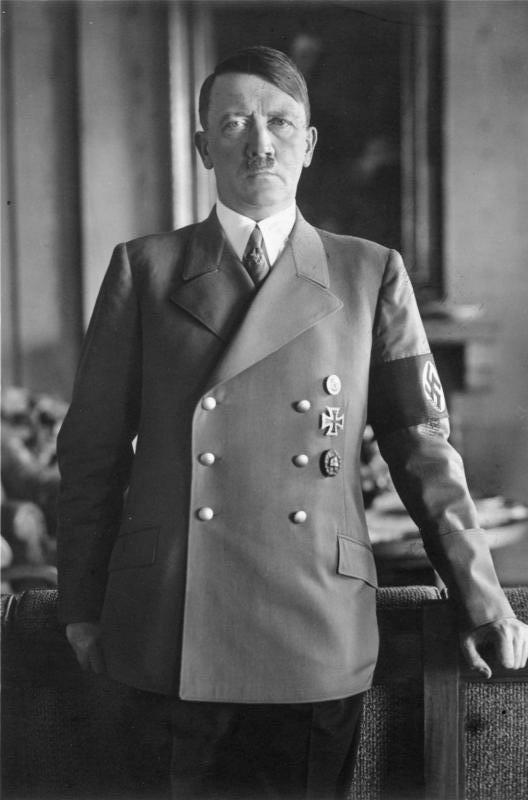
Stalingrad, battle of (1942-3). This entered the realm of legend almost as soon as the guns fell silent in the vast industrial city on the river Volga on 2 February 1943. As the closest and bloodiest battle on the eastern front, it was a German disaster and a Soviet triumph.
The principal German objective for the 1942 summer campaign had been the Caucasus oilfields. Only later did the city acquire an equally important operational status for the Caucasus region and a symbolic value for both dictators. Stalin decided to hold parts of Stalingrad regardless of the cost and Hitler openly assured Germans that the city would be taken. As late as 17 November 1942, his Sixth Army under Paulus tried to reach that objective, while aware of the weakness of its flanks mainly defended by Allied troops. Chuikov's Sixty-Second Army was successful in holding four shallow bridgeheads on the left bank of the River Volga. Mobile operations had long been replaced by urban fighting in which both sides bled heavily for a few dozen ruined city blocks while Stalin and Red Army commanders planned to counter-attack.Both the high command and Sixth Army had anticipated a Soviet attack against its vulnerable flanks but underestimated an encircling offensive on the massive scale prepared by the Red Army. German generals were soon to learn the bitter lesson that their counterparts had become as proficient in the art of mobile armoured warfare as their former tutors. On 19 November, the South-western Front under Lt Gen Vatutin began its long-prepared counter-offensive, attacking the Third Romanian Army north of Stalingrad. One day later, the Stalingrad Front, under Col-Gen Eremenko, joined in against Fourth Romanian and Fourth Panzer Army south of Stalingrad. Soviet superiority was absolute in the main penetration sectors. After the spearheads had linked up at Sovetsky south-east of Kalach on 23 November, Soviet forces established an inner encirclement around Sixth Army, one corps of Fourth Panzer Army, and Romanian remnants totalling 250, 000 men, including 195, 000 Germans (among them one Croatian infantry regiment), 50, 000 Soviet auxiliaries, and 5, 000 Romanians.The end began when the Don Front under Lt Gen Rokossovsky executed RING on 10 January, after Paulus, after consultation with his senior generals, had rejected an offer to Capitulate Seven days later, the Stalingrad pocket was reduced to half its size and Sixth Army had lost its last major airfield. On 22 January, Paulus asked Hitler in vain for permission to cease fire. By 26 January, the Sixth Army was confined to two small pockets in Stalingrad. Paulus was unwilling to put a formal end to the fighting although the remnants of 297th Infantry Division had already surrendered. On 31 January he surrendered himself, despite his last-minute promotion to field marshal, but refused to order the northern pocket to do the same. It fought until 2 February. According to recent estimates 60, 000 Germans died in Stalingrad and 110, 000 went into Soviet captivity, of whom only 5, 000 returned home, including the dishonoured Paulus.
"Stalingrad"[http://users.telenet.be/stalingrad/]
"Battle Of Stalingrad"[http://www.spartacus.schoolnet.co.uk/RUSstalingrad.htm]
"Battle of Stalingrad"[http://funnytogo.com/stories/stalingrad/stalingrad.htm]













